
China It is today one of the most interesting countries in the world. Not that it wasn't before, but for a long time we knew little about this huge country that was trying to develop. Today, the situation is different and the world struggles to trade with China while its citizens flood all the tourist destinations of Old Europe and America.
China is a world unto itself, but how much do we know about this gigantic and populous country in Asia? Today, curiosities of China.
China
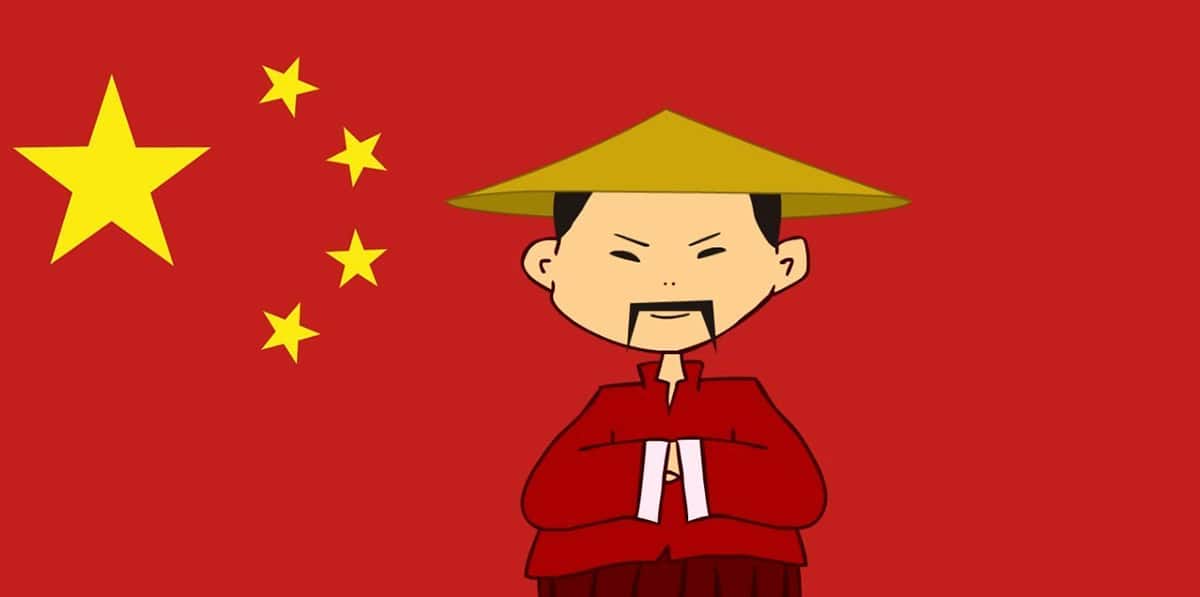
For many, China is the most interesting country in the world. It is the third largest country on the planet and the one with the greater number of inhabitants. Also, beyond the ups and downs in its political history It is one of the longest-standing still active civilizations of all that our world has had.
From being a backward and agrarian country, tied to feudal estates, it has become one of the fastest growing and developing economies in recent decades. It has not been free and thousands of years of emperors, mandarins and monks have been buried after one of the most difficult civil wars that a people can suffer.
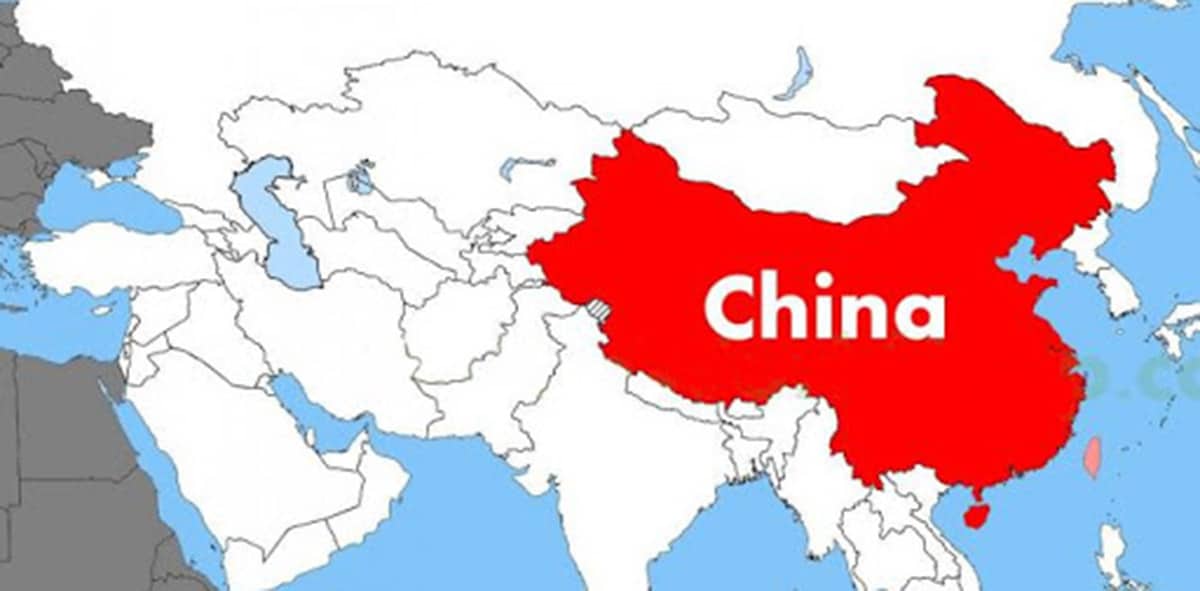
Today, its name is the People's Republic of China and it has the honor of being part of a select group: it is one of the Four Ancient Civilizations of the world along with the Babylonians, Mayans and Egyptians. History tells us that the Chinese territory was unified by the first emperor, Qin, whose grave was found and has been excavated for decades. Later would come other dynasties known as the Han, Tang, Yuan, Ming and finally, the last, the Qing dynasty.
After this long era of emperors there was, at the beginning of the XNUMXth century, a great civil war, until in 1949 the People's Republic of China was founded communist court and from the hand of Mao Zedong. Later, the reforms begun after his death by denx xiaoping they laid the foundations of this half-communist, half-capitalist China that we all know.
Curiosities of China
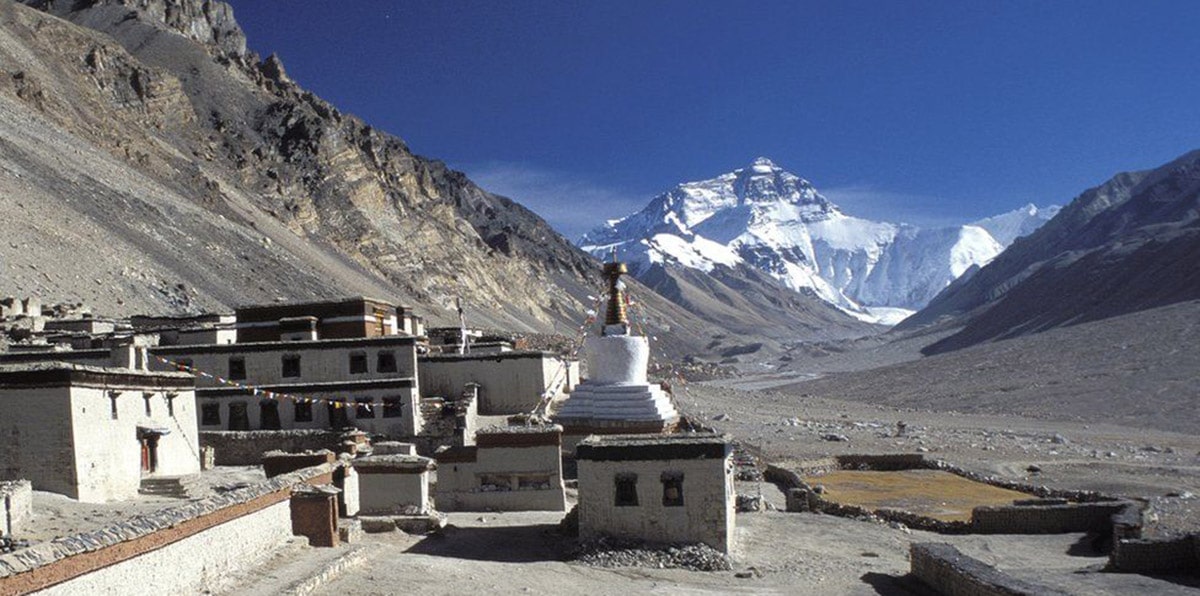
China has 9.6 million square kilometers and it's huge. A) Yes, its landscapes are varied for there are mountains, plains, deserts, grasslands, and hills. China is home to the highest point on the planet: the Mount Everest with 8.848 meters high, but at the same time it has the third lowest depression in the world, the Turpan Depression with less than 154 meters.
Regarding borders China is the country with the most international borders in the worldIt has them with 14 nations, Mongolia, Tajikstan, Russia, Kazakhstan, Kyrgyzstan, Afghanistan, Pakistan, Nepal, India, Myanmar, Bhutan, Vietnam, Thailand and North Korea. Obviously, each contact has had its influences.
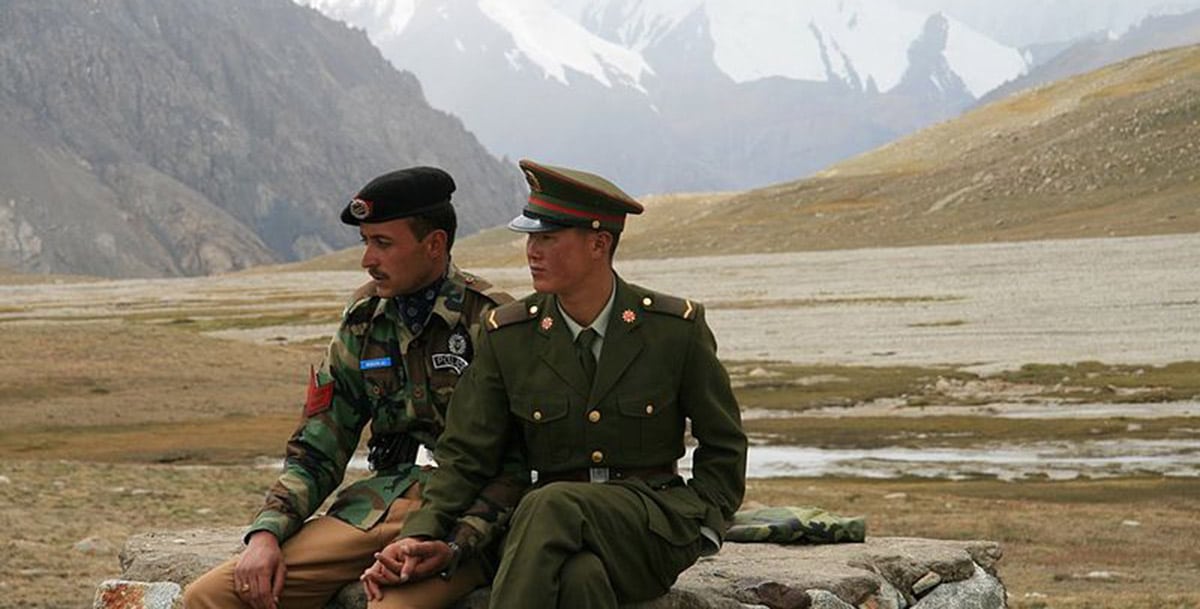
With such a size in addition to landscapes too has a variety of climates. While the north is colder than the south, the west is drier than the east. In the north the temperatures can be -40ºC but in the south, in summer, the thermometer can also rise to 40ºC of hell. The same with the rain, in the southeast it rains a lot, perhaps up to 3 meters, while in the deserts only a few millimeters in a whole year.
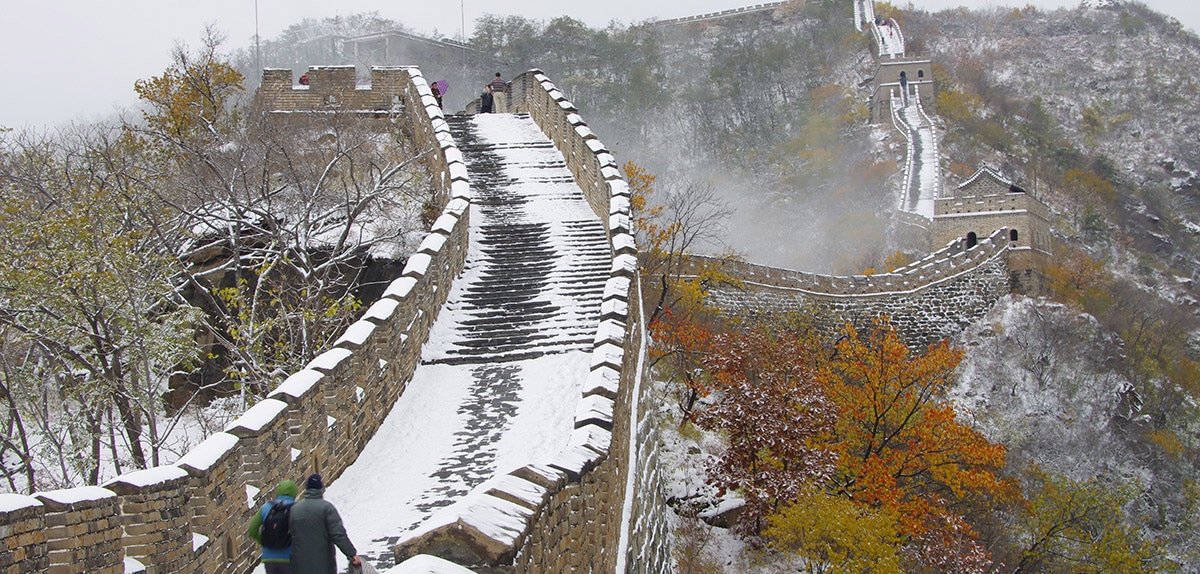
When I was a child, China was a closed country, with thousands of people riding bikes in blue clothes. Little by little, in the last 30 years, the postcard has changed. Today it is one of the world's fastest growing economies, growing at around 10% per year. It is known as the «factory of the world" Y is the leading producer of clothing, toys, fertilizers, concrete and steel of the entire world.
Obviously, this development came hand in hand with many environmental pollution, and in part it has been made possible by the absence of labor unions. Low wages and few labor rights seem like the ideal equation for development. Although at a cost that few developed countries today would accept.

This economic development has brought great social transformations. In principle, a growing urbanization since it is calculated that 300 million people have moved from the countryside to the city in the last three decades. So, there is megacities and as the trend continues, the government is likely to face other problems (educational, health, urbanization, labor).
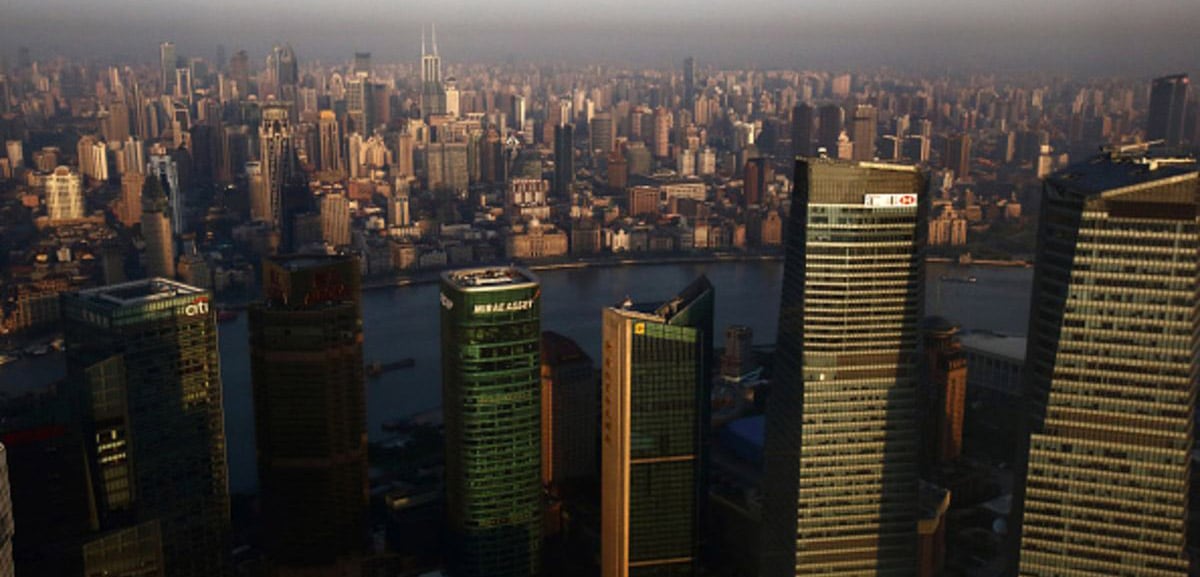
Families separate, parents travel to the cities for work and cannot bring their children, who are left in the care of grandparents. Or they take them but then they cannot register them in the new addresses and they lack a medical system ... that kind of thing. All this implies great challenges for the Chinese government, there is no doubt.
In addition, the Chinese people, although to foreign eyes it may seem very homogeneous, it is not so homogeneous. China has 56 ethnic groups, and each has its own cultural traditions, sometimes its language and sometimes its own writing system. It is true that the majority group is the Han, just over 91% of the total population, but the Manchu, the Hui or the Miao also have large populations.
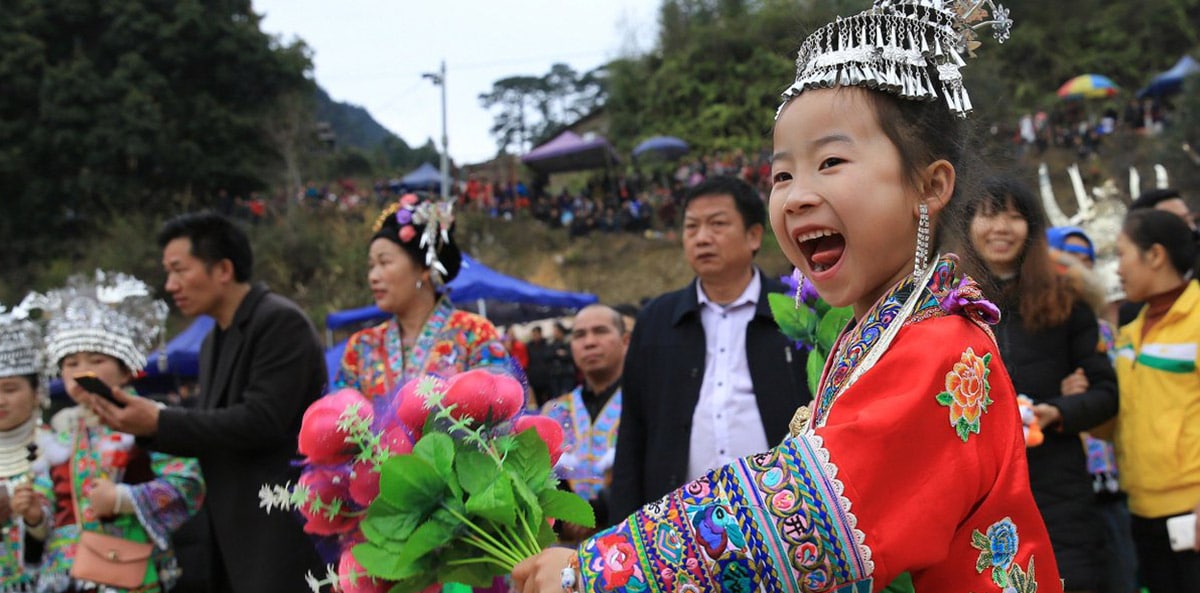
These ethnic groups live in certain areas of the country, so specific policies must be developed to address them. For example, in Uygur there are Muslim groups and in recent years it has been a very conflictive area for the central government.
How is such a large and diverse country unified? Partly through the educational system, as always. Although China has many languages, it is in fact the origin of the only pictographic writing system left in the world, the official language is Mandarin. Mandarin is taught in all schools and little by little it has been displacing other popular languages, such as Cantonese.

Cantonese is spoken in Hong Kong, Macao, Guangxi or Guandong, for example, but in areas of Shaghai or Zhejiang the Wu dialect is spoken, which is very different from Mandarin ... Anyway, Chinese may be the most widely spoken language in the world in number of inhabitants but without a doubt It is one of the most difficult to learn right off the bat.
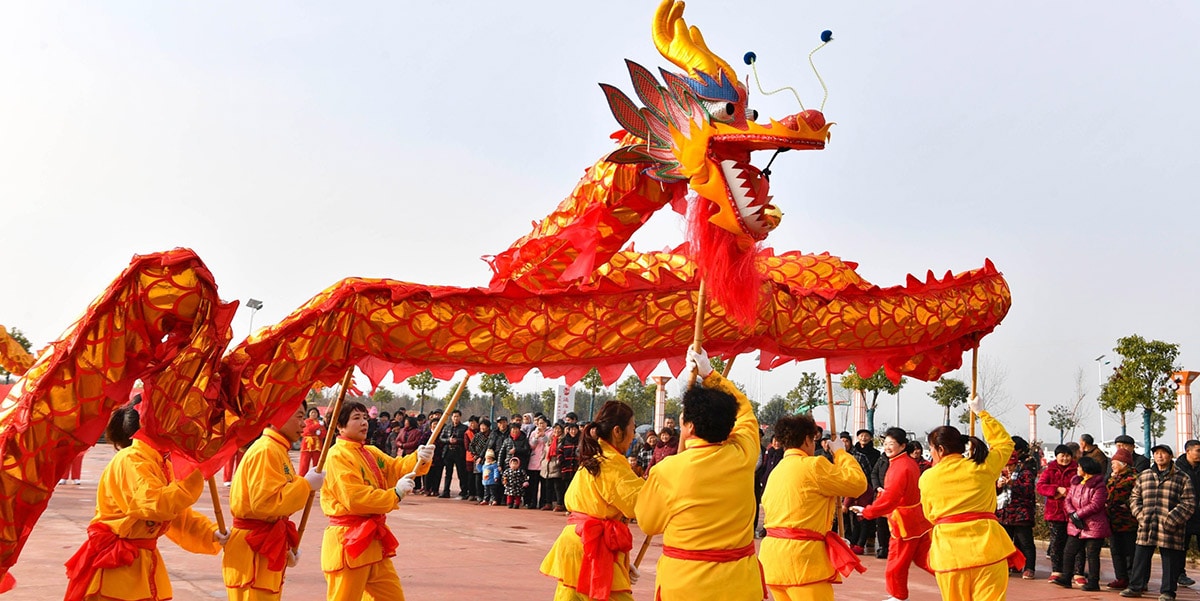
With so many peoples and so many languages and so many cultures, even when we think that the Chinese profess a single religion, it is not like that. In fact, religion is a subject that under communism has been quite persecuted. But neither then nor today is there a single religion and the Chinese profess from atheism to a certain Shintoism, passing through Confucianism, Buddhism, Taoism, Islam or even Christianity.
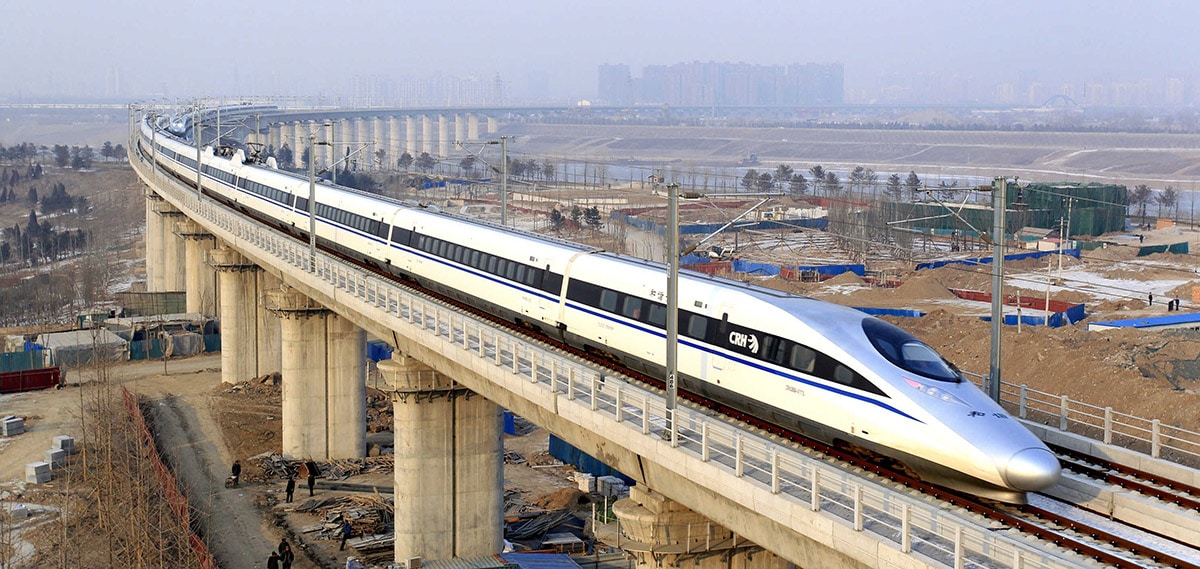
For some time now, China has invested a lot of money in developing its internal transportation system. A country that aspires to be a power must be well connected. So, following in the footsteps of Japan, Chinese trains ply all over the country. And this transport is what allows tourists today to also get to know its wonders. And it is that yes, China has great tourist treasures.
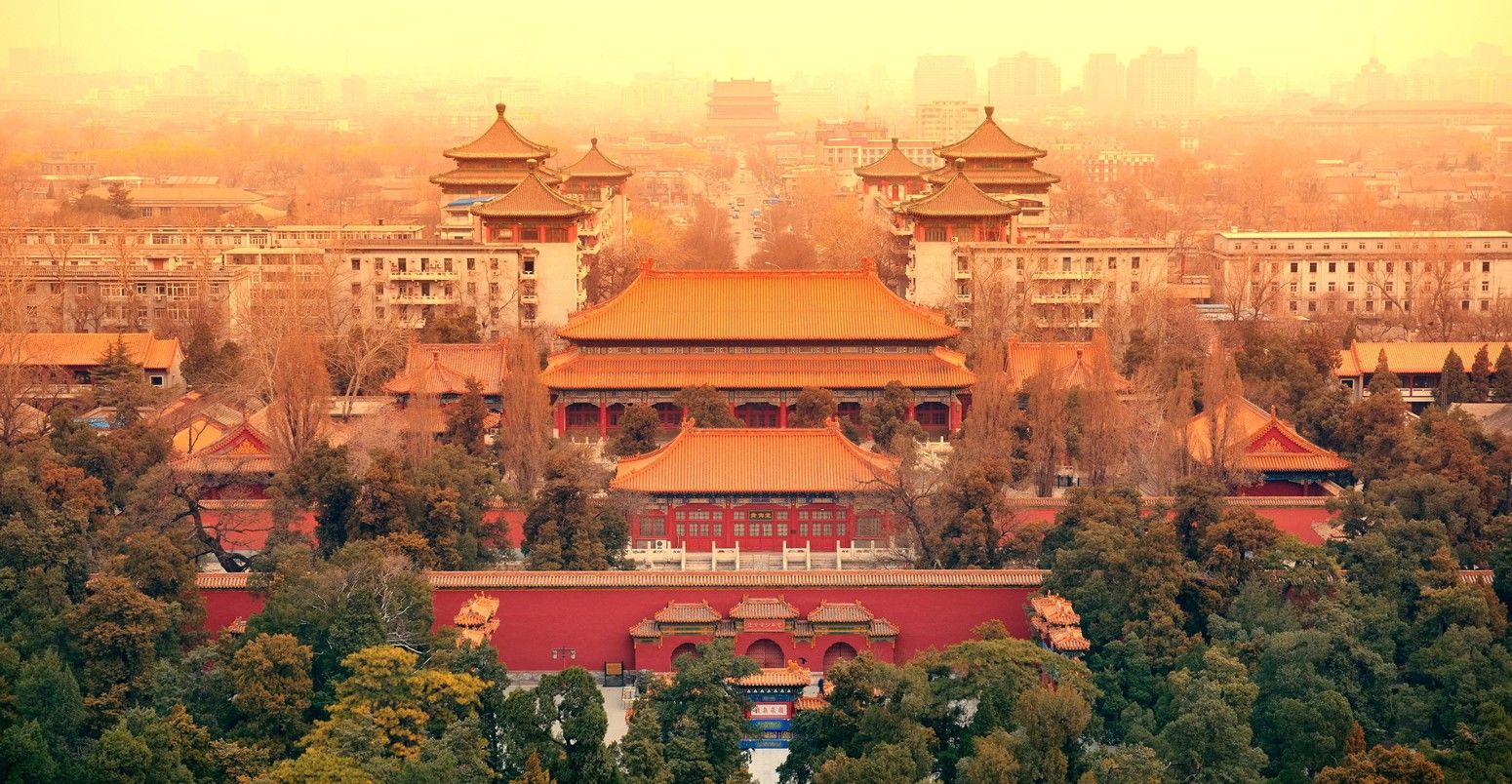
I speak of the Great Wall, the Terracotta Warriors, the beautiful Forbidden City, Guilin, the Yangtze River and the Yellow Mountains, the Sichuan pandas, the beaches of Sanya, the crowded skyscrapers of Hong Kong, the beauty of Shanghai ... And the gastronomy!
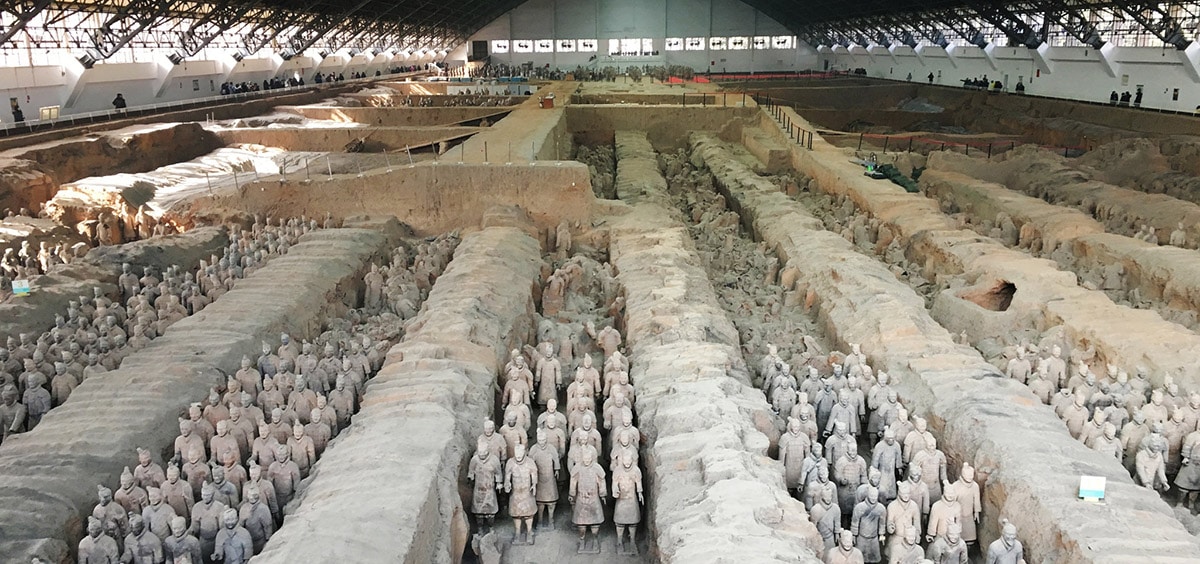
But we started this article talking about curiosities of China so we are not going to leave without leaving these data: kites were invented in China, more than three thousand years ago in fact, with silk and bamboo; also they invented football two thousand years ago in Han Dynasty times to entertain the imperial court.
Gunpowder was born in China, the same as the Fireworks, China produces about 85% of the world's fireworks. Some markets in Beijing sell very strange foods, for example scorpions that are stuck in toothpicks, live, and fried in oil, among other insects.
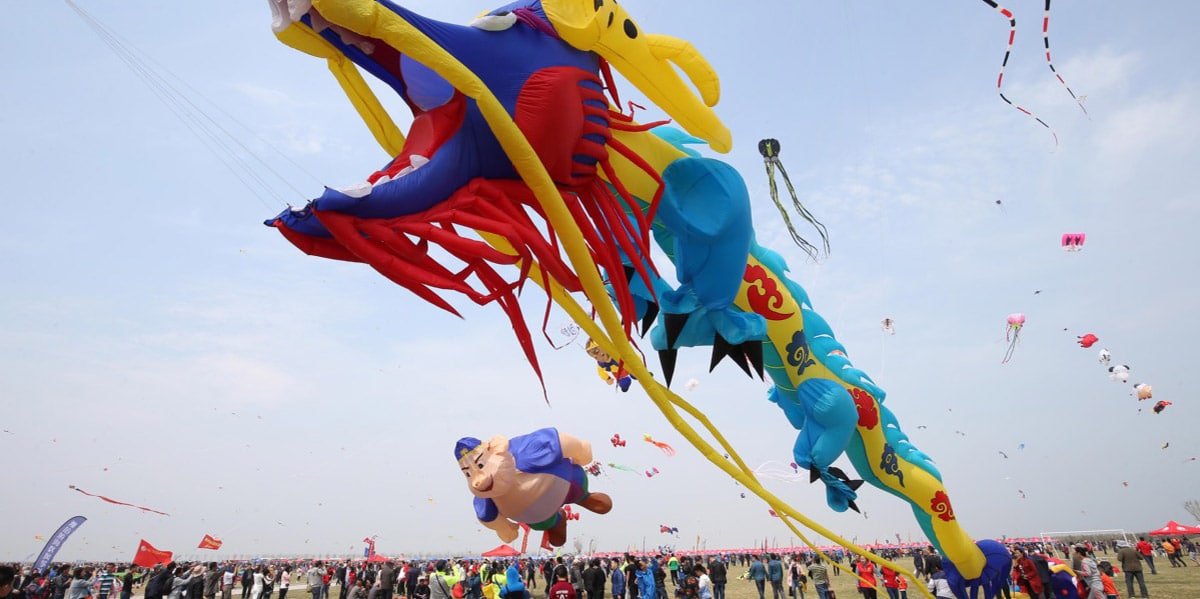
In addition, the mortar used on the Great Wall was made of rice stickyIf you put together all the railway routes in China, you can go around the world twice, chopsticks were invented 5 years ago and were not used for eating but for cooking, although the country is huge has only one official time (The United States has four), half of all pigs in the world live in China (and they eat them) ...
And so we could continue our list of beauties and curiosities of China but I think it is better to go and see everything in person.